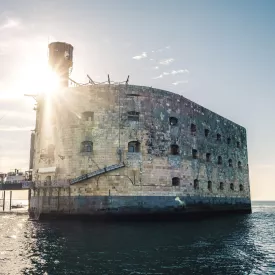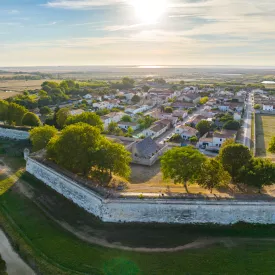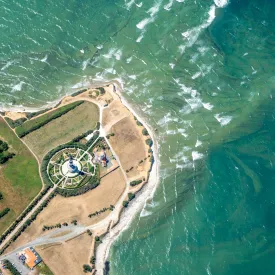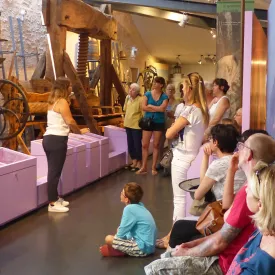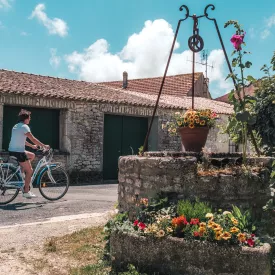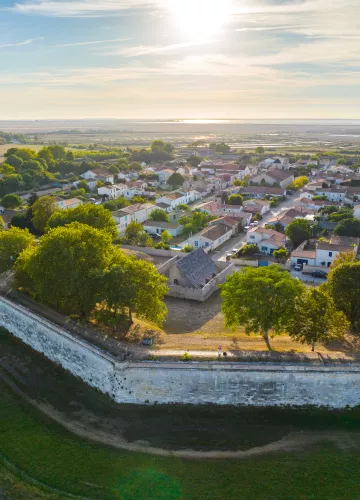
Military fortifications
Testament to an eventful past, the île d'Oléron and the bassin de Marennes boast a unique military heritage. From the citadel of Château d'Oléron to the fortress at Brouage, not forgetting Fort Louvois, make the most of your stay to visit these iconic locations in our region and experience history at first hand.
The citadel of Château d'Oléron
The Citadel of Château d’Oléron is a remarkable fortified complex. Its role was to protect the mouth of the River Charente and the port of Rochefort. The citadel was constructed in several stages starting in 1630. It was built in 5 separate phases, spanning a 120-year period. Begun during the reign of Louis XIII on the initiative of Cardinal Richelieu, the citadel was finished by the beginning of the 18th century by Vauban. The latter made a major contribution to the end result - a building which married aesthetics, balance, ambition and military might. The citadel is open to the public all year round and regularly hosts temporary exhibitions. From the vantage point of the Porte Royale (the Royal gate), you can see the citadel’s Place d'Armes (parade ground), and a little further to the east, the Arsenal. You can also extend your tour by visiting the bastions, the counterguard and the covered way...
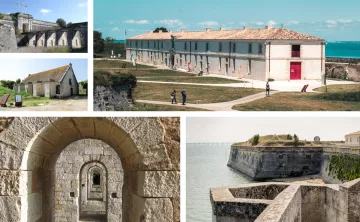
It’s also possible to discover the town via a 2.5 km-long circuit along the city’s defensive walls. This walk will take you over gangways, raised walkways and bridges spanning ditches to discover moats, bastions and redans...There are also lots of guided walks, especially during the school holidays, ranging from classic tours, educational visits, dramatized night-time walks featuring actors, a tour on a land train etc.
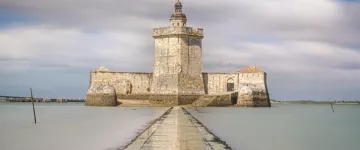
Fort Louvois
Fort Chapus, also called Fort Louvois, is located opposite Bourcefranc-Le Chapus. It was built on the Chapus islet by Vauban at the end of the 17th century on the orders of Monsieur de Louvois, from whom it gets its name. Its cannons were designed to provide overlapping arcs of fire when combined with the guns of the citadel of Château d'Oléron opposite, thus stopping any British incursions and protecting Rochefort’s naval arsenal. Recognizable by its horseshoe shape, you can explore its keep, barracks, food stores, powder room and guard house, indeed, the entire unique architectural ensemble of the so-called ‘Fort Boyard’s little brother’. Open from April to October, you can either access the site on foot (at low-tide only) via a 400-metre long causeway or by boat from Chapus harbour (at high-tide). In high season (July-August), lots of special events are put on during the day and in the evening.
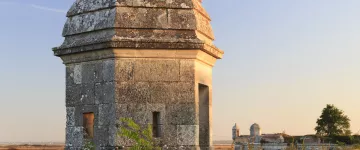
Citadel of Brouage
Founded in 1555 in the midst of the marshes, Brouage began life as an important market-place for the European salt trade – this at a time when sea levels were considerably higher than they are today. In the 17th century, at Cardinal Richelieu’s behest, fortifications were thrown up around the location, transforming it into a supposedly impregnable stronghold. The citadel of Brouage played a key role on several occasions in the defence of the local coast. It declined in importance towards the end of the 17th century and Vauban made changes to the citadel by scaling down its fortifications.
Although Brouage may have lost its military purpose, it has been very successful in reinventing itself, as can be seen from its recent inclusion in the "Plus beaux villages de France" (‘most beautiful villages of France’) tourist accreditation. Boasting city walls stretching for more than two kilometres, an oyster port, artists and crafts-people’s studios and numerous buildings steeped in history which have been converted into exhibition spaces, it’s the perfect place for a family walk. Guided tours are organized all year round by the local tourist office and cover the harbour’s history, the various fortifications, military buildings and more. Come and visit us and we’ll take you on a journey in the footsteps of the people who founded Brouage and, over the centuries, shaped it into the place it is today.
See also
Recommendations for a successful holiday with friends or family
